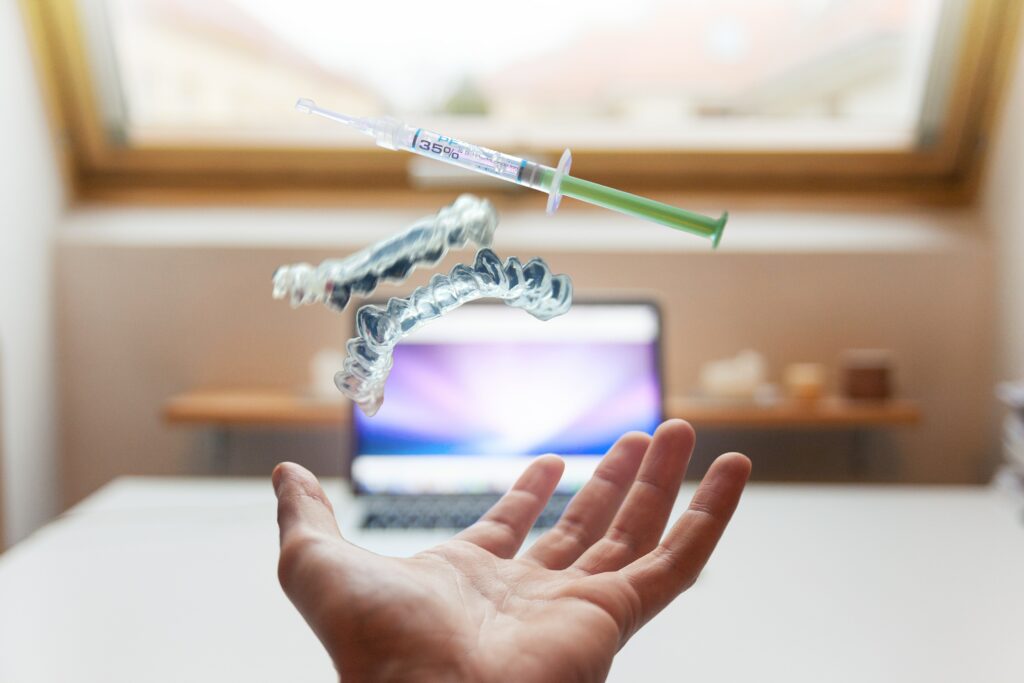In the 19th century, surgery was considered a dangerous procedure that often ended in death for the patient. The development of anesthesia made it possible for doctors to perform life-saving operations without putting their patients in danger.
As technology improved over the years, surgeons were able to perform more complex procedures that allowed patients to live healthier lives. Today, technology is even being used to diagnose previously incurable diseases using tissue samples taken from biopsies or cancer victims. This allows doctors to treat these diseases before symptoms appear, and to treat the disease in its early stages when the chances of success are greatest. In some cases, this new technology may even make it possible to avoid developing cancer altogether.
Medicine is constantly evolving, and new technologies are constantly being developed to help medical professionals do their jobs more effectively. One of the most important tools doctors have in their arsenal is medical imaging equipment. These devices create detailed images of the patient’s organs and other internal structures. This allows doctors to detect abnormalities in the organs and tissues that could lead to serious health problems if left untreated. However, imaging equipment can be very expensive, and some hospitals do not have the funds to purchase them. This is where AI comes in.
Advances in medical technology have also made it possible for people to get in shape without going to the gym or working out for hours every day. There are now wearable fitness trackers that track our movements and measure our heart rate, helping us lose weight and develop a healthier lifestyle.
These devices can provide personalized exercise plans and calorie consumption targets to help us get in shape. They can also act as a motivational tool to keep us on track even when we do not feel like exercising. In the future, these devices may one day be able to detect when your body is in distress and automatically call for help. Right now they are only used for basic things like tracking your steps or monitoring your heart rate during exercise, but one day they might be able to monitor your entire body for signs of trouble and alert a doctor if you are in a medical emergency.
Unfortunately, these devices are expensive and it can be difficult for low-income families to get them. However, there is a solution to this problem – the use of artificial intelligence (AI). AI is a technology that enables people to perform tasks that they would find difficult or impossible to do on their own. In this case, AI is being used to automate many of the tasks involved in manufacturing medical devices. This technology has the potential to revolutionize the field of medicine by making it more accessible and affordable for all.
The benefits of using AI in healthcare are not limited to improving efficiency. It can also be used to make healthcare more affordable. Many of the procedures used in modern medicine can be time-consuming and costly. In some cases, surgeries can even be life-threatening. Using AI to reduce the need for time-consuming or complicated procedures can potentially reduce the number of deaths and injuries caused by these procedures. In addition, the use of AI in hospitals can reduce operating costs and free up funds that can be used to provide better care for all patients.
Despite these benefits, there are also some concerns about the use of AI in medicine. Some experts fear that AI can undermine the ability of doctors to provide quality patient care. A computer programme can never replace an experienced doctor who can assess a patient’s needs and make an accurate diagnosis. It should be noted, however, that AI can never make human judgements on its own. It can only take on tasks that are currently within its capabilities. Therefore, the role of the doctor in treating patients will always be paramount. AI should complement the work of doctors, not replace it.
Medical technology has greatly influenced the way we approach and treat diseases. It has changed the way we diagnose and treat diseases, and it has improved the quality of medical care for patients. It has also reduced the cost of healthcare and improved access to it for many people around the world. We believe that this technology will continue to develop and improve in the future.
